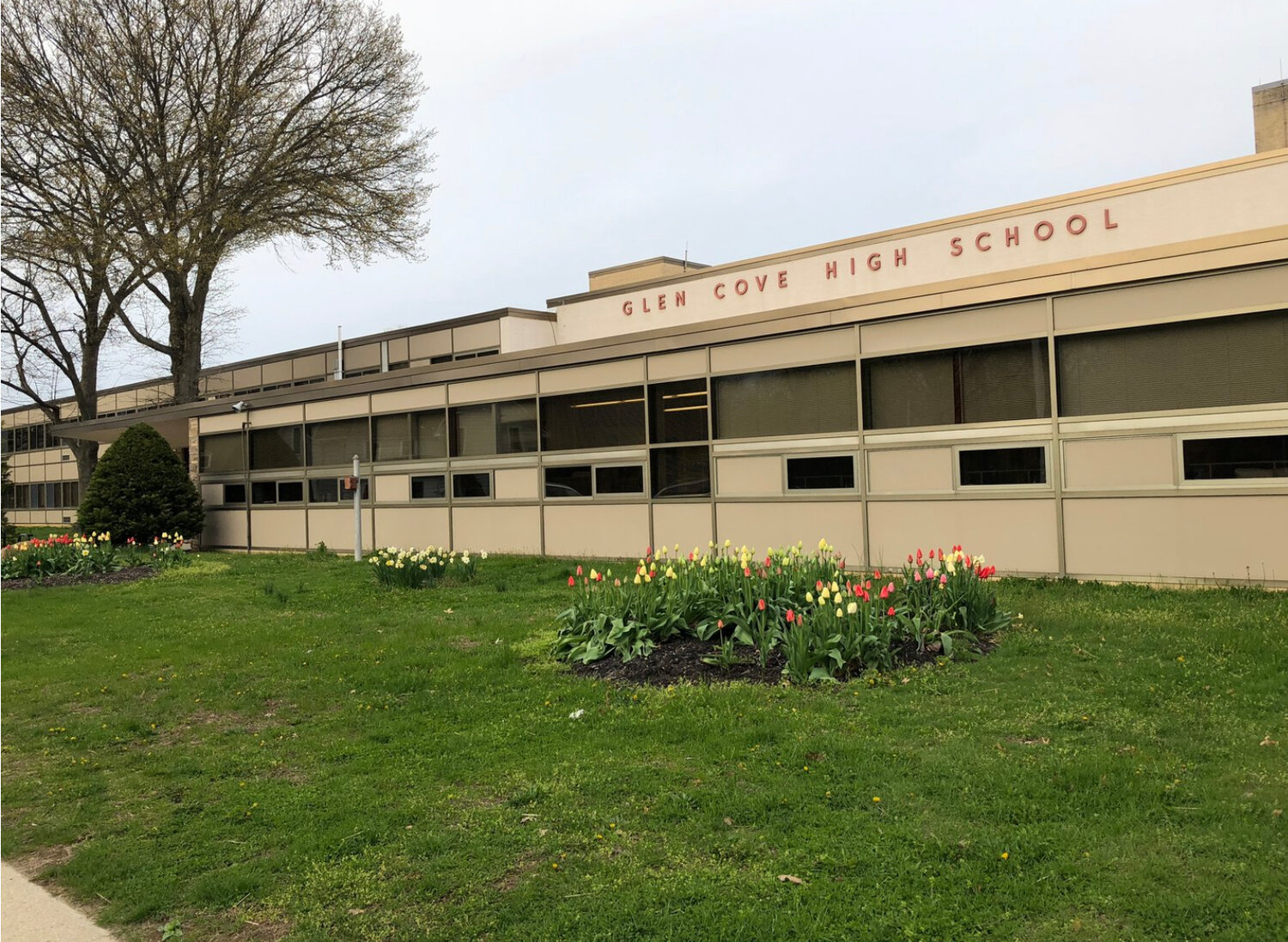School facility upgrades are here and progressing
Viktor Tymchynyuk, director of Facilities for the Glen Cove city school district delivered a comprehensive facility update during the July 31 Board of Education meeting.
Noting the completion of upgrades to the athletic field, track, and tennis courts, which are now fully operational. These improvements highlight the district’s focus on enhancing school amenities and promoting physical wellness among students.
The district has also been working on crucial infrastructure upgrades that directly impact the safety and functionality of its buildings.
A new elevator installation at Deasy Elementary School is nearing completion, with the project expected to be finished in time for the upcoming school year. This includes the installation of sheetrock walls and curtain wall framing, with only the glass installation remaining.
The extension project at Landing Elementary School is progressing, with roof installation underway and interior work anticipated to be completed after the Christmas break.
Looking ahead, the district has planned major projects for the summer of 2025, including a comprehensive replacement and upgrade of the high school’s HVAC system, an electrical service upgrade, and significant renovations to the science labs and cafeteria. The future projects underscore the district’s proactive approach to ensuring its facilities meet the needs of students and staff for years to come.
Beyond these bond-funded projects, the Glen Cove school district has made substantial strides in energy performance initiatives.
“The replacement of and obviously the upgrades in the lighting has saved us about 40 percent ,” Maria Rianna, district superintendent said. “We use now 25 percent less fixtures. So overall, the savings is twofold.”
The district has also replaced ceilings in areas where lighting upgrades have been completed, particularly in the high school. Victoria Galante, assistant superintendent for Business and Finance, said the work that is being done in energy performance is very important to keep all the mechanical parts of the heating and lighting system working.
“If you go into the building, you may not realize that the lighting has been changed,” Galante said. “But if you have been in the buildings with the old lighting, and then the next thing the new lighting comes in, you’re like, wow, it is a big change.”
The district’s energy performance efforts also include the installation of solar panels on four out of six school buildings, a project that is expected to significantly reduce the district’s carbon footprint.
While some adjustments to the original plans were necessary, the installation is progressing well. Additionally, the district has upgraded its HVAC systems, installing new units in the high school auditorium to improve air quality and reduce noise, enhancing the learning environment.
Another key aspect of the energy performance initiative has been the replacement of outdated boilers with new, energy-efficient models, ensuring the reliability of the district’s heating systems. The district has also implemented weather stripping on exterior doors to prevent energy loss, upgraded the building management system, and improved insulation throughout the schools.
Partnerships have been crucial to the success of these projects. The district’s collaboration with PSEG has resulted in rebates for energy-saving initiatives, enabling additional projects to be funded.






